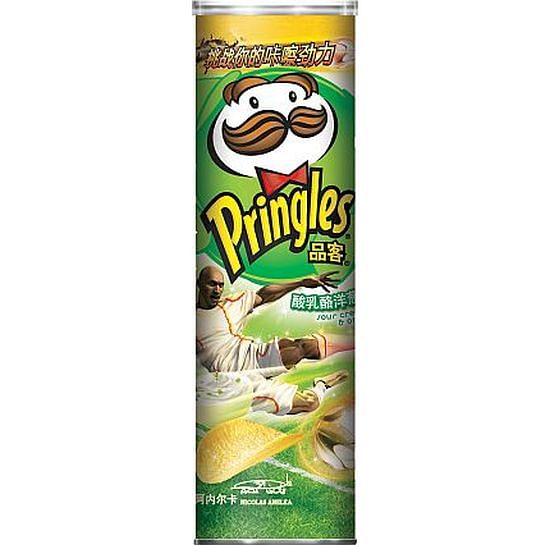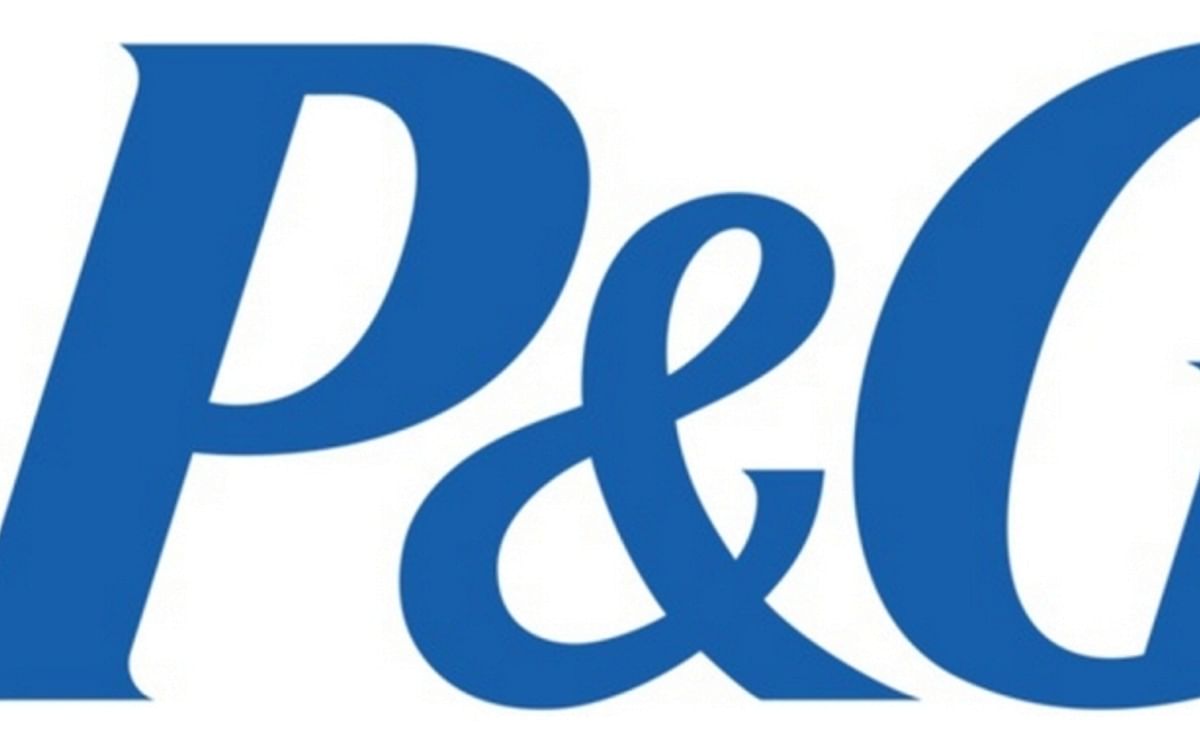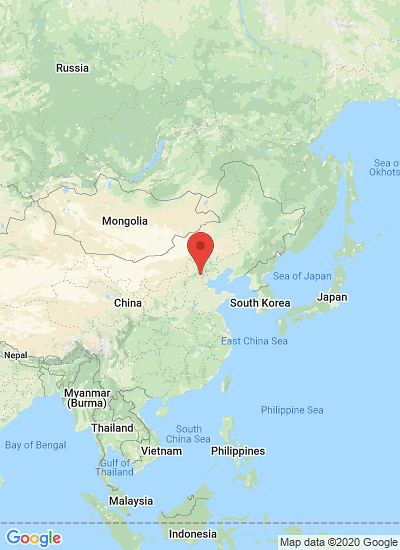What do you get when you combine a consumer society that is increasingly mobile, global, and “linked in,” one that demands the delivery of data to their fingertips 24/7, with packaged goods producers clamoring to differentiate themselves on and off the shelf? You get a new breed of smart packaging that leverages the world of electronics, i.e., smartphones and the Internet, to inform, entertain, protect, and connect with consumers beyond the printed label.
Today, consumer packaged goods companies large and small are engaging in new and affordable technologies such as mobile marketing and Augmented Reality (AR) to more effectively communicate with consumers, while adding some powerful pizzazz to their packaging.
Examples of intelligent, interactive packaging are growing almost exponentially.
Pringles Worldcup promotion (China):
One very successful promotion by Procter &Gamble for the World Cup allowed consumers of its Pringles product in Asia to partake of two interactive, three-dimensional games via Webcam.

Pringles China can with augmented reality promotion
Says P&G snacks external relations manager Kay Puryear, “The AR technology fit with our target consumer for the World Cup Soccer Pringles initiative in China—young people aged 18 to 24. It is a new technology, especially in Asia, and is viewed as ‘very cool’ and trendy to this audience. It was also a good fit with the Pringles brand equity of being playful and fun, and it was easily executed with the Pringles can.”
From April through June, all of Pringles’ chip packages in Asia used the Mr. Pringles logo as an active marker to activate the game. Users first would download a free software application and then place the Pringles can about six inches in front of their computer’s Webcam to begin the game. In the first level, the can became the “mouth,” and the player could move the can to control the mouth to eat Pringles chips. In the second, the player could move the can to control a soccer player to kick.
Puryear says that cost for the technology, including the AR game development and the digital media investment, was “moderate,” but yielded pretty positive results. “In three months, there were more than 1.7 million visitors on brand zone in SNS [Chinese strategic news service], and around 60,000 unduplicated players for the game,” she says. “The total number of players was more than 70,000.”










